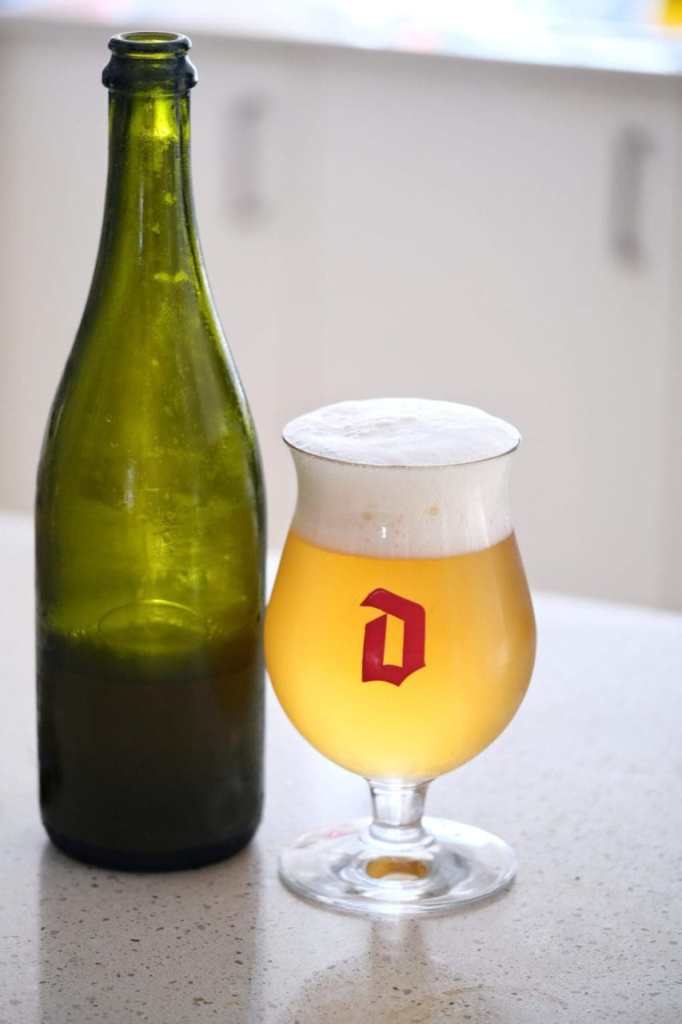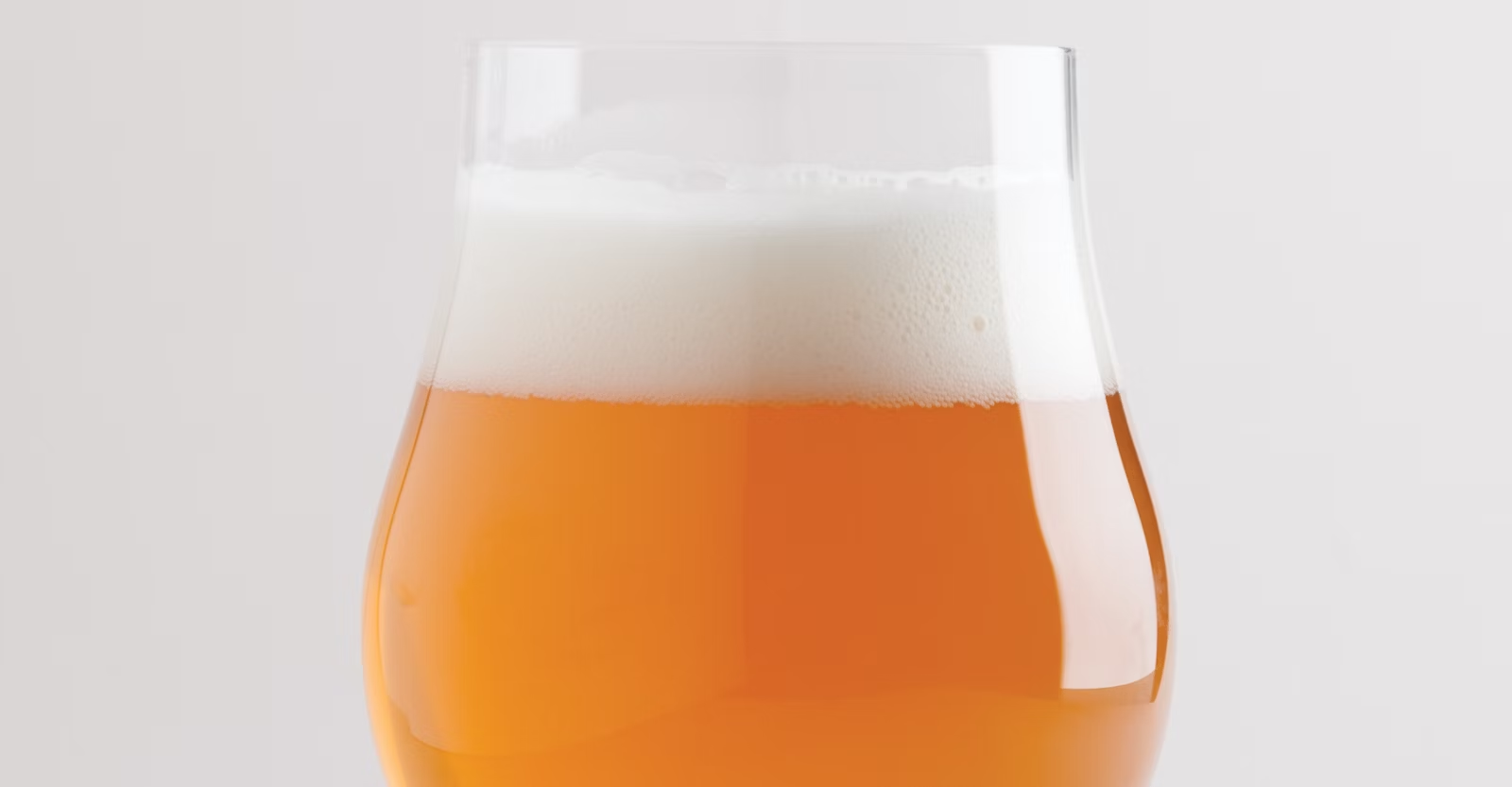In recent years, the craft beer landscape has witnessed a remarkable transformation, with Belgian Golden Strong Ales emerging as a prominent category. These beers, characterized by their golden hue, complex flavors, and higher alcohol content, have captured the attention of beer enthusiasts and casual drinkers alike. This article delves into the history, brewing techniques, and cultural significance of Belgian Golden Strong Ales, highlighting their rise in popularity and the factors contributing to their success.
Historical Context
Belgian brewing traditions date back centuries, with a rich tapestry of styles and flavors. The Golden Strong Ale, a relatively modern creation, can trace its roots to the mid-20th century. While Belgium has long been celebrated for its Trappist ales, lambics, and other regional specialties, the Golden Strong Ale emerged as a response to changing tastes and brewing innovations.
The first notable example of a Belgian Golden Strong Ale is often credited to the iconic Duvel, which was first brewed in the 1920s. Originally named “Victory Ale,” Duvel was crafted to celebrate the end of World War I. Its unique combination of pale malts, noble hops, and a distinctive yeast strain resulted in a beer that was both refreshing and complex. The success of Duvel paved the way for other breweries to experiment with similar styles, leading to the proliferation of Golden Strong Ales in Belgium and beyond.

Characteristics of Belgian Golden Strong Ales
Belgian Golden Strong Ales are defined by their striking appearance, typically exhibiting a pale golden color with a lively carbonation that creates a frothy white head. The aroma is often a delightful blend of fruity esters, spicy phenols, and a hint of sweetness from the malt. Common flavor notes include citrus, pear, and apple, complemented by a subtle spiciness that can range from peppery to clove-like.
One of the defining features of these ales is their higher alcohol content, usually ranging from 7% to 10% ABV. Despite this potency, the beers are remarkably drinkable, thanks to their effervescence and balanced flavor profile. The yeast used in brewing plays a crucial role in achieving this balance, as Belgian yeast strains are known for producing a wide array of flavors and aromas that contribute to the overall complexity of the beer.
Brewing Techniques
The brewing process for Belgian Golden Strong Ales is both an art and a science, requiring a careful balance of ingredients and techniques. The foundation of these beers is typically a combination of pale malts, which provide a clean, crisp base, and a small percentage of specialty malts for added complexity. The use of noble hops is common, as they impart a mild bitterness and floral aroma without overpowering the delicate flavors of the malt and yeast.
One of the most critical aspects of brewing Golden Strong Ales is the fermentation process. Belgian yeast strains are known for their ability to ferment at higher temperatures, which can lead to the production of fruity esters and spicy phenols. Brewers often employ a two-step fermentation process, starting with a primary fermentation at a warmer temperature to encourage the development of these flavors, followed by a secondary fermentation at a cooler temperature to refine the beer’s profile.
Another key technique is the use of sugar, which is often added during the brewing process to boost the alcohol content without adding significant body or sweetness. This practice not only enhances the beer’s strength but also contributes to its dry finish, making it more approachable despite the higher ABV.
The Craft Beer Movement
The rise of Belgian Golden Strong Ales can be closely linked to the broader craft beer movement that has gained momentum over the past few decades. As consumers have become more adventurous in their beer choices, they have sought out unique and flavorful options that challenge traditional styles. Belgian Golden Strong Ales, with their complex flavor profiles and higher alcohol content, fit the bill perfectly.
Craft breweries around the world have embraced the style, often putting their own spin on the classic recipe. This experimentation has led to a diverse array of interpretations, with brewers incorporating local ingredients, innovative brewing techniques, and creative flavor combinations. As a result, beer enthusiasts now have access to a wide range of Golden Strong Ales, each with its own distinct character.
Cultural Impact
The rise of Belgian Golden Strong Ales has not only influenced the craft beer scene but has also had a broader cultural impact. These beers have become symbols of sophistication and craftsmanship, appealing to a demographic that values quality over quantity. Beer festivals, tasting events, and brewery tours have increasingly featured Golden Strong Ales, allowing consumers to explore the nuances of the style and appreciate the artistry involved in their creation.
Moreover, the popularity of Belgian Golden Strong Ales has sparked interest in other Belgian styles, leading to a resurgence of traditional brewing practices and a renewed appreciation for the country’s rich brewing heritage. As consumers seek out authentic experiences, breweries are responding by highlighting their Belgian-inspired offerings and educating drinkers about the history and significance of these styles.

Challenges and Future Prospects
Despite their rise in popularity, Belgian Golden Strong Ales face certain challenges in the competitive craft beer market. As more breweries enter the fray, maintaining quality and consistency becomes paramount. Additionally, the higher alcohol content of these beers may deter some consumers who prefer lighter options. However, the unique characteristics and complex flavors of Golden Strong Ales continue to attract a dedicated following.
Looking ahead, the future of Belgian Golden Strong Ales appears promising. As craft beer enthusiasts become more discerning, there is an opportunity for brewers to further innovate within the style. Collaborations between breweries, the exploration of new ingredients, and the incorporation of modern brewing techniques may lead to exciting new interpretations of this classic style.
Belgian Golden Strong Ales
The rise of Belgian Golden Strong Ales represents a significant chapter in the evolution of craft beer. With their rich history, distinctive characteristics, and cultural significance, these beers have carved out a niche in the hearts of beer lovers around the world. As the craft beer movement continues to grow, the legacy of Belgian brewing traditions will undoubtedly influence future generations of brewers and consumers alike. Whether enjoyed in a cozy pub or at a lively beer festival, Belgian Golden Strong Ales are sure to remain a beloved choice for those seeking a taste of complexity and craftsmanship in their glass.

